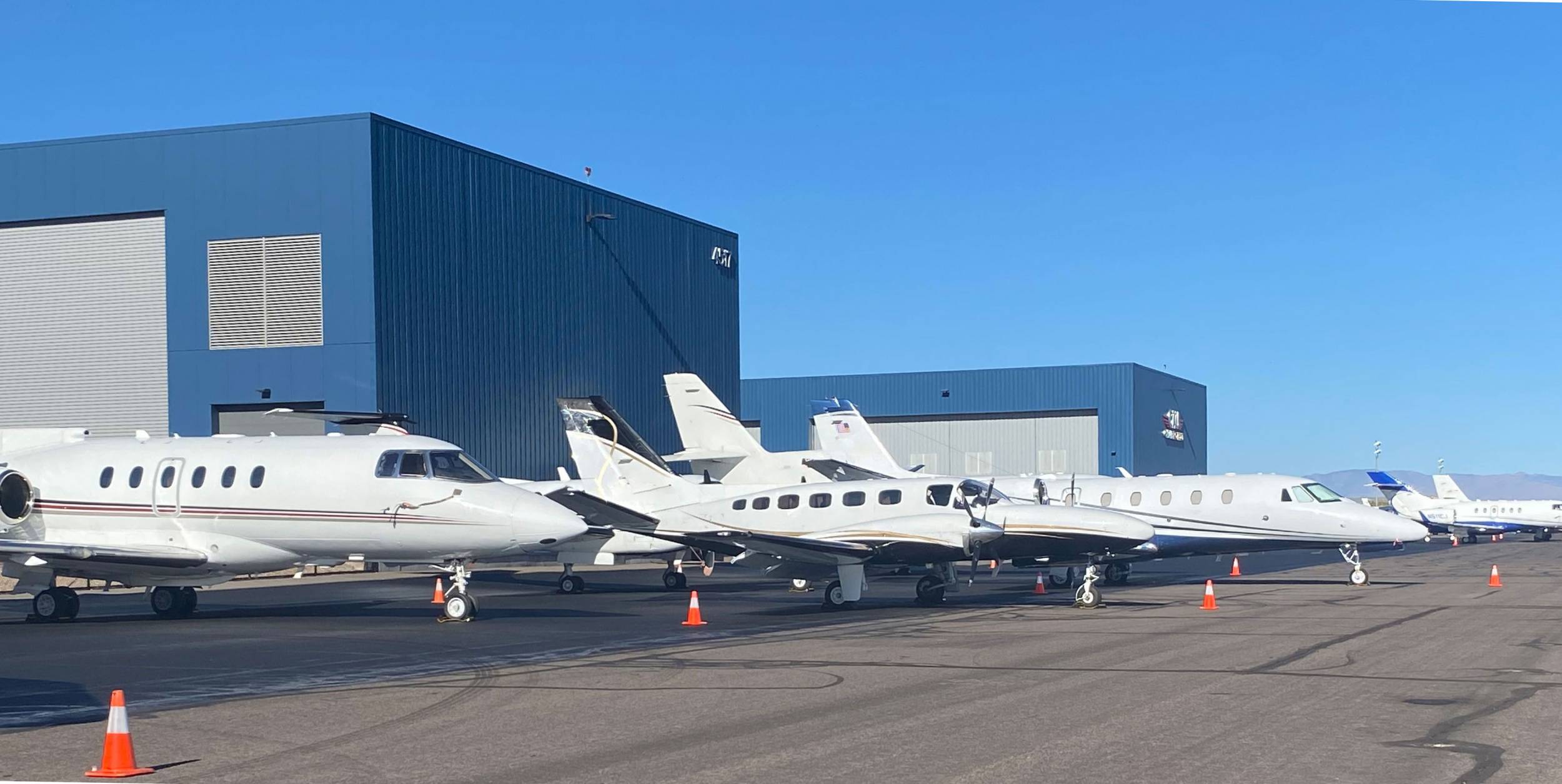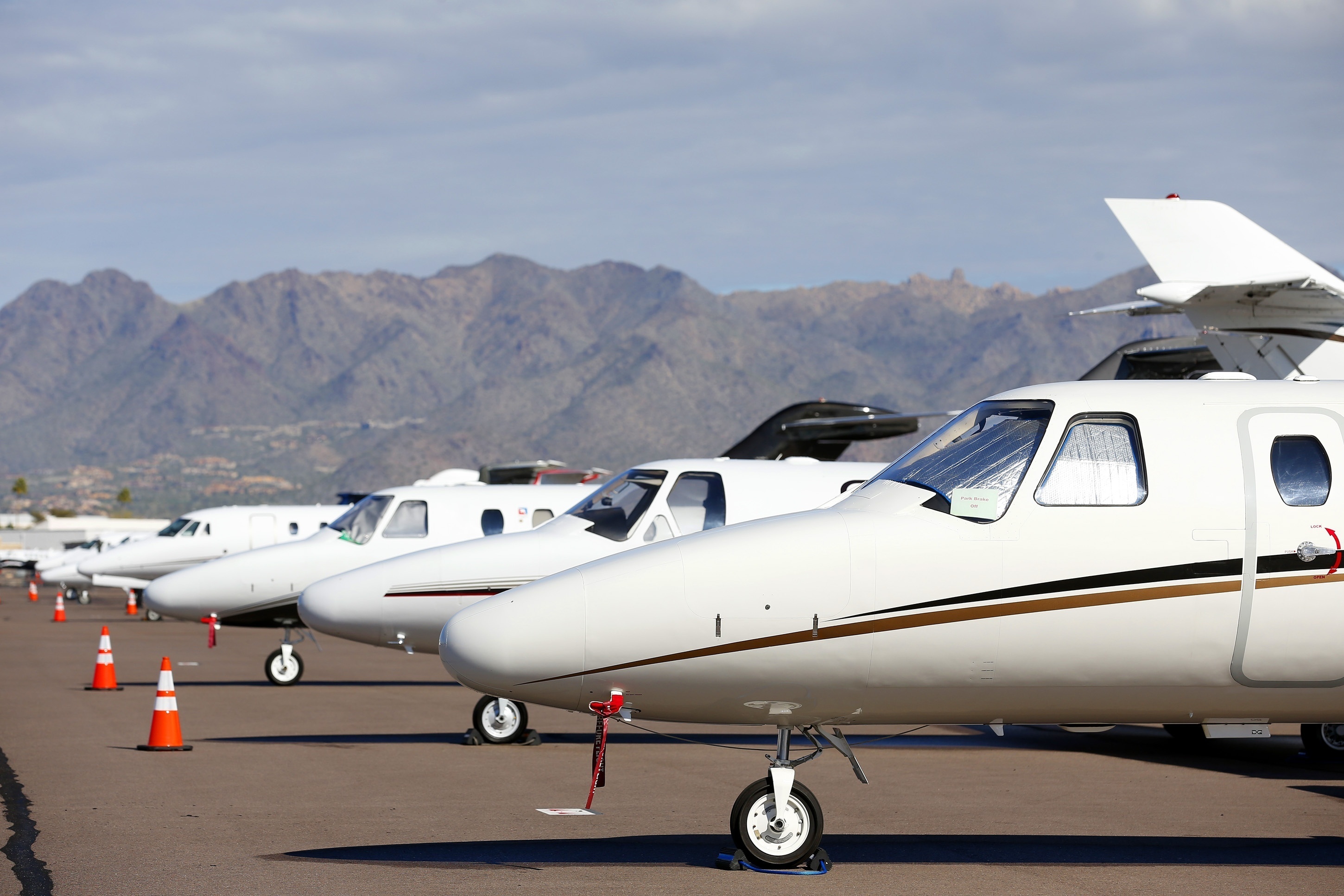Legal and Tax Considerations When Buying a Private Jet in Australia
Acquiring a private jet is a significant financial decision that involves complex legal and tax considerations, particularly in Australia. The process encompasses a range of issues from regulatory compliance and registration to tax implications and legal documentation. This article provides a comprehensive overview of the key legal and tax considerations for buying a private jet in Australia, focusing on ownership structures, registration, taxation, regulatory compliance, and insurance.
Ownership Structures
Choosing the right ownership structure is crucial for managing a private jet’s legal and financial aspects. Each ownership structure has different implications for liability, costs, and operational control.
Sole Ownership
In sole ownership, an individual or a single entity owns the entire aircraft. This provides full control but comes with high costs and responsibilities.
- Advantages: Complete control over the jet’s usage, privacy, and flexibility.
- Disadvantages: High acquisition and operating costs, full responsibility for maintenance, compliance, and liabilities.
Joint Ownership
Joint ownership involves multiple parties sharing the ownership of the jet. This structure can reduce individual costs but requires clear agreements.
- Advantages: Shared costs and the ability to afford a more expensive aircraft.
- Disadvantages: Potential conflicts among co-owners, reduced flexibility in scheduling.
Fractional Ownership
Fractional ownership allows multiple owners to share the aircraft, typically managed by a third-party company. Each owner is entitled to a specific number of flight hours per year.
- Advantages: Lower initial costs, professional management, predictable expenses.
- Disadvantages: Limited flight hours, ongoing management fees, and reduced flexibility.
Leasing
Leasing is another option, with wet leases (including crew and maintenance) and dry leases (aircraft only).
- Advantages: Lower initial investment, flexibility, and reduced long-term commitment.
- Disadvantages: Limited control, potential restrictions on usage, and ongoing lease payments.
Aircraft Registration
Registering your private jet is a critical step and involves adhering to Australian regulations under the Civil Aviation Safety Authority (CASA).
Australian Registration
In Australia, private jets must be registered with CASA. The registration process involves several steps:
- Application Submission: File an application with CASA, including details about the aircraft and owner.
- Documentation: Provide proof of ownership, airworthiness certificates, and other required documents.
- Inspection: The aircraft may need to undergo an inspection to ensure it meets safety and airworthiness standards.
- Issuance of Registration: Once approved, CASA issues an Australian registration number and certificate.
International Registration
Some buyers may opt to register the aircraft in other jurisdictions, such as Bermuda or the Cayman Islands, for tax or regulatory benefits.
- Advantages: Potential tax benefits, favorable regulatory environment.
- Disadvantages: Complexity of managing compliance with multiple jurisdictions, additional administrative burden.
Tax Implications
The purchase and operation of a private jet in Australia have substantial tax implications. Understanding these can help in managing costs and optimizing tax positions.
Goods and Services Tax (GST)
- GST on Purchase: The purchase of a private jet is subject to GST at the standard rate of 10%. However, if the jet is used exclusively for business purposes, GST may be claimable as an input tax credit.
- GST Refunds: Businesses using the jet for eligible business activities may be entitled to claim GST refunds. Proper documentation and adherence to GST rules are essential for claiming refunds.
Depreciation and Capital Allowances
- Depreciation: Private jets are considered capital assets and can be depreciated over time. In Australia, the depreciation of aircraft falls under the Capital Allowance system, allowing businesses to claim deductions for the depreciation of the asset.
- Immediate Write-Offs: Under certain conditions, businesses may qualify for immediate write-offs of assets under the instant asset write-off provisions.
Import Duties and Customs
- Import Duties: When importing an aircraft into Australia, import duties and customs charges may apply. The rate depends on the aircraft’s value and country of origin.
- Customs Procedures: Proper customs procedures must be followed to ensure compliance and avoid penalties. This includes declaring the aircraft and paying any applicable duties.
Ongoing Operating Costs
- Operating Expenses: Costs such as fuel, maintenance, insurance, and crew salaries may be deductible for business purposes.
- Tax Planning: Effective tax planning can help manage these expenses and maximize tax benefits.
Regulatory Compliance
Ensuring compliance with aviation laws and regulations is essential for the legal operation of a private jet in Australia.
Airworthiness and Safety
- Certification: The aircraft must meet airworthiness standards set by CASA. This includes obtaining and maintaining a Certificate of Airworthiness.
- Maintenance: Regular maintenance and inspections are required to ensure the aircraft complies with safety regulations. Maintenance programs must adhere to manufacturer and regulatory guidelines.
Pilot and Crew Requirements
- Licensing: Pilots and crew members must hold appropriate licenses and certifications issued by CASA or other recognized authorities.
- Training: Ongoing training and recurrent checks are mandatory to ensure safety and regulatory compliance.
- Duty Time Regulations: Regulations governing crew duty and rest times must be followed to prevent fatigue-related incidents.
Environmental Regulations
- Emission Standards: Aircraft must comply with emission standards to minimize environmental impact. Newer aircraft are generally more efficient and produce fewer emissions.
- Noise Regulations: Noise abatement procedures and regulations must be followed, especially when operating near residential areas or during specific times of the day.
Legal Documentation and Contracts
The purchase of a private jet involves various legal documents and contracts that require careful review and negotiation.
Purchase Agreement
The purchase agreement outlines the terms and conditions of the sale, including:
- Price and Payment Terms: The agreed price and payment schedule.
- Warranties: Any warranties provided by the seller, such as airworthiness or title warranties.
- Inspection Rights: The buyer’s right to inspect the aircraft before finalizing the purchase.
- Closing Conditions: Conditions that must be met for the sale to be completed.
Financing Agreements
If financing the purchase, legal agreements with lenders will outline:
- Loan Terms: Interest rates, repayment schedules, and collateral requirements.
- Security Interests: Lenders may require security interests or liens on the aircraft.
Management and Maintenance Contracts
If using a management company for the aircraft’s operation, contracts will detail:
- Services Provided: The scope of services, including management, maintenance, and operational support.
- Fees and Responsibilities: Fees for management services and responsibilities of both parties.
Insurance Requirements
Adequate insurance coverage is essential to protect your investment and comply with legal requirements.
Types of Insurance
- Hull Insurance: Covers physical damage to the aircraft.
- Liability Insurance: Covers third-party liability for bodily injury and property damage.
- Crew Insurance: Provides coverage for crew members in case of injury or death.
- War Risk Insurance: Covers risks associated with acts of war, terrorism, and other perils.
Policy Considerations
- Coverage Limits: Ensure coverage limits are sufficient to protect against potential liabilities.
- Exclusions: Be aware of any exclusions or limitations in the policy.
- Premiums: Shop around for competitive premiums and consider the insurer’s reputation and claims handling process.
Conclusion
Purchasing a private jet in Australia involves navigating a complex landscape of legal and tax considerations. From selecting the appropriate ownership structure and registering the aircraft to understanding GST implications and ensuring compliance with aviation regulations, each step requires careful planning and expert advice.
By understanding these considerations and working with experienced professionals, prospective jet owners can make informed decisions, effectively manage their investment, and ensure compliance with all legal and regulatory requirements. Whether for business or personal use, a well-managed purchase process can lead to a successful and rewarding experience in private jet ownership.

